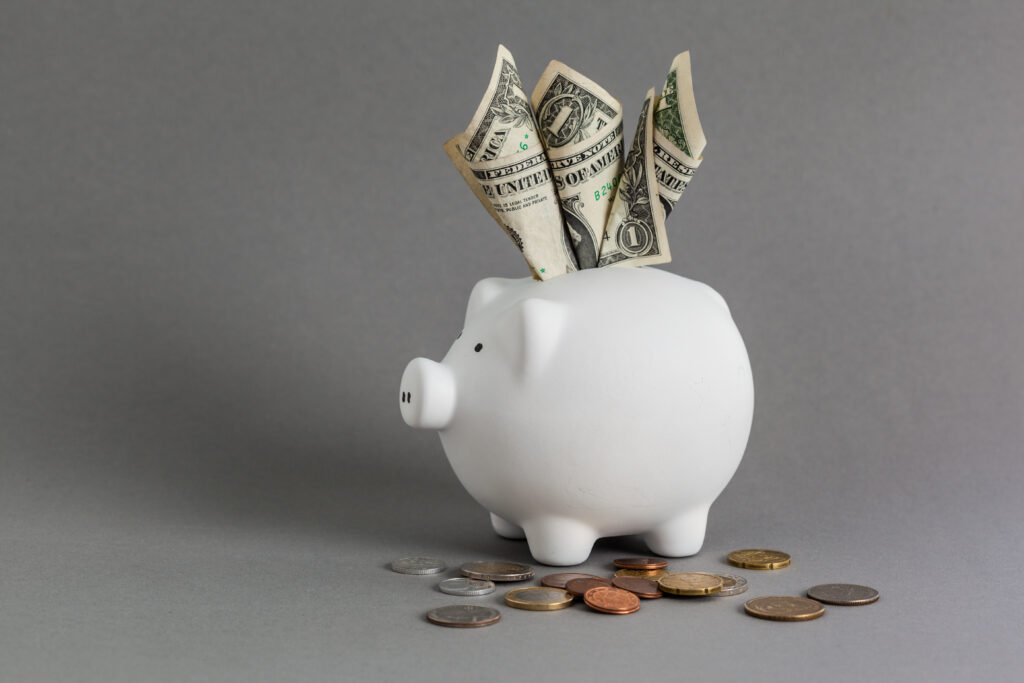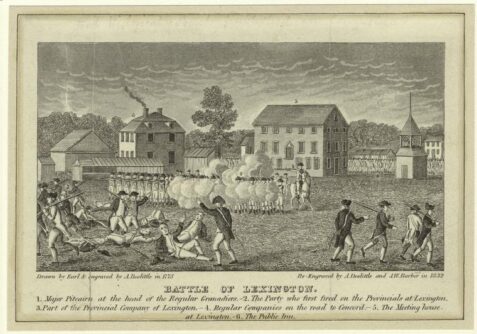A new survey shows there may be one issue uniting both ends of the political spectrum: unease at the wealth-amassing of charities and DAFs.
A new survey just released by the left-leaning Institute for Policy Studies has revealed widespread concern, spanning America’s political and ideological divide, about the permanence of big charitable foundations, their annual grantmaking limits, the tax incentives that benefit their funders, and the pay-out regulations applied to donor advised funds (DAFs).
IPS says its survey shows that “By very large margins, Americans don’t want to subsidize wealthy donors to create perpetual foundations and warehouse wealth in donor-advised funds.”
Conducted in June by marketing giant Ipsos on behalf of IPS’s “Charity Reform Initiative,” the study (of “1,005 American adults, 18+ years of age . . . weighted to align and represent American demographics”) took no prisoners.
When asked their position on the statement “U.S. Taxpayers shouldn't have to subsidize billionaires/wealthy Americans who wish to create permanent legacy foundations to give donations to charities of their choosing,” 42 per cent chose “strongly agree,” while 39 percent chose “somewhat agree.”
When segmented by left-right political preference, the 81 percent combined outcome showed supermajority support from all groups, especially from those self-defined as “conservative/Republican,” where 90 per cent backed what can be seen as a call for reform of prevailing U.S. charity laws.
Currently, every private foundation must spend a minimum of 5 percent of its assets each year in grantmaking (and administrative costs). In a typical market, that payout rate allows a charity’s corpus to increase on an annual basis. That in turn creates a sense—and a reality—of institutional longevity, and even permanence.
But survey respondents are having none of it.
Another question polls respondent on this proposal: “Congress should raise required foundation payout from 5 percent of assets to 10 percent annually—and require that donor-advised funds have a 10 percent payout to active charities—even if this reduces the overall amount of money in these foundations and DAFs in the future.”
Again, a majority of all political types gave assent, with evident disparity between the “Very Left” (which gave a combined 84 percent strongly/somewhat approve) and the “Very Right” (with just 55 percent combined approval). Still, self-identified “Liberal/Democrat” and “Conservative/Republican” sectors closely matched, with the former offering 74 percent support, while the latter is at 70 percent.
Coverage of the findings in The Chronicle of Philanthropy expresses hope that this survey may breathe new life into the Accelerating Charitable Efforts Act—better known as the “ACE Act”—that left-of-center groups have promoted:
The poll could go a long way toward drumming up support for a bill that is languishing on Capitol Hill that would require philanthropic funds to make grants to charity at a higher rate. But since there is relatively little data on public sentiment on philanthropic payout, the survey fills a void on a topic that took new significance this week when Bill Gates put $20 billion into the Bill & Melinda Gates Foundation and urged fellow billionaires to send more of their wealth to philanthropy to deal with immediate crises like climate change and the pandemic.
Many of the institutions backing ACE include the nation’s largest and most liberal foundations, such as Ford, Kellogg, Kresge, and Hewlett, who have grown to enormity over the years courtesy (in part) of their strict observance of the 5-percent rule. (Of course, this regulation was intended to be a floor for charitable giving but which, for most grant-making entities, has proven to be a ceiling rather than a floor.)
The call for doubling the mandatory granting to a 10 percent annual minimum would prove a radical challenge to the charity behemoths, few of which have approved a sunset proviso, but would almost certainly be forced to sunset with a 10-percent payout requirement.
As for DAFs, while an important 2021 American Enterprise Institute study by Howard Husock shows they average a 21.2 percent annual payout rate (compared to an average of 5.94 percent from the national’s largest private charities), the IPS survey reveals a broad ignorance of the charity instrument.
But while Americans in general may not know why DAFs exist and what they do—as the IPS survey analysts put it, “there remains a noteworthy level of ignorance about the nonprofit sector in general and about private foundations and DAFs more specifically”—the public shows aggressive opinions on how swiftly DAF assets should be spent. Again showing left-to-right majorities, 72 percent of those polled support DAFs distributing their funds within 2-to-5 years of the donor claiming a tax deduction (indeed, half of those surveyed support the more-immediate option of a two-year limit).
In its conclusion about the survey, IPS’s Chuck Collins, who oversees its Charity Reform Initiative, says the results “show that across the political spectrum, an informed public strongly supports common sense reforms that would curtail the warehousing of charitable wealth.”






